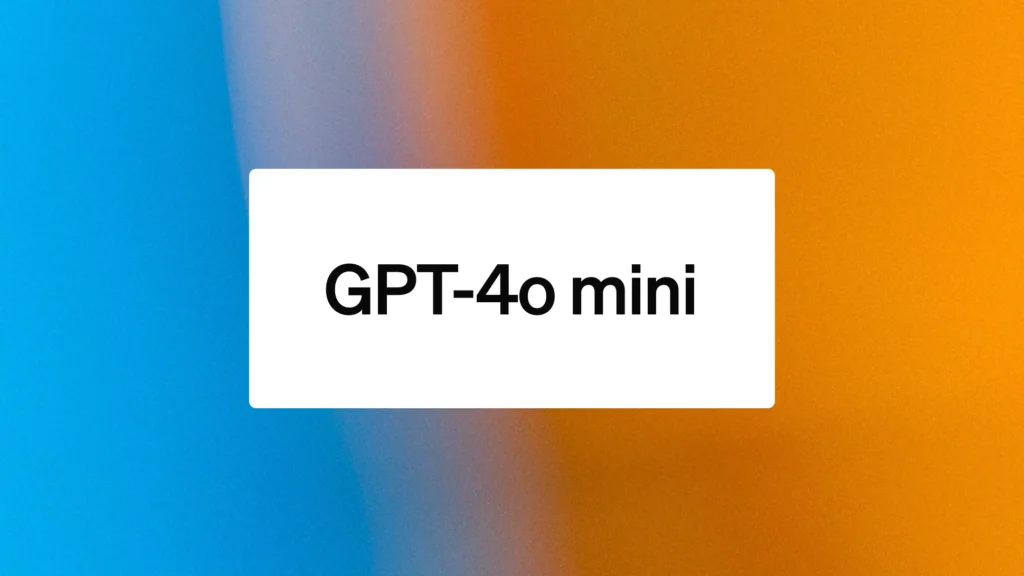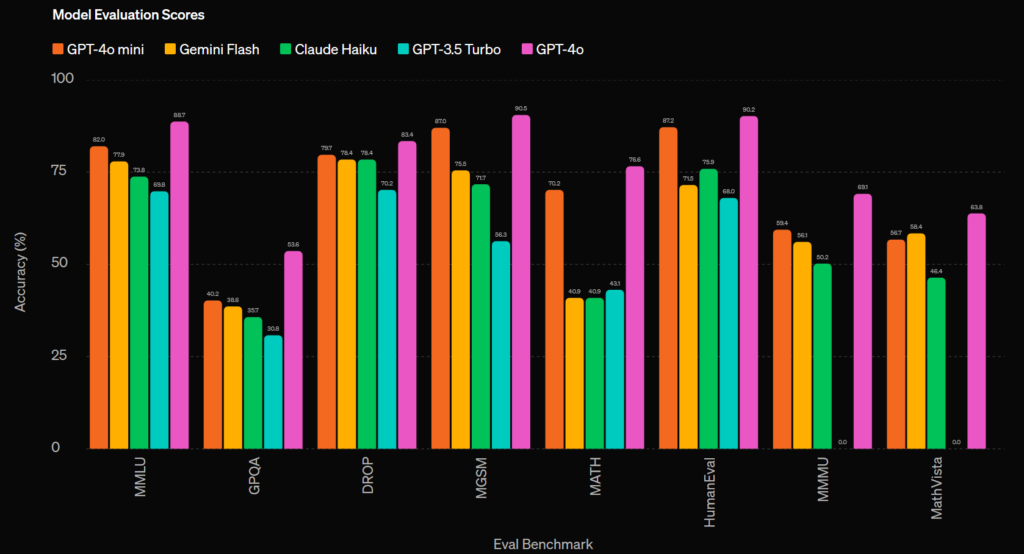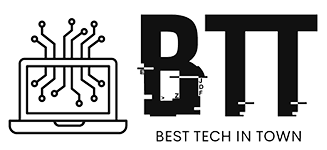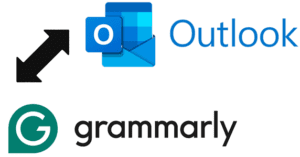OpenAI has recently unveiled its latest model, the GPT-4o Mini, stirring considerable excitement and discussion within the AI community. As I delve into its features, performance, and implications, it’s crucial to assess the advancements and the limitations of this new AI model.
Table of Contents

The Promises and Initial Impressions
Sam Altman, CEO of OpenAI, has boldly claimed that we are moving towards an era of “intelligence too cheap to meter.” This claim is supported by the model’s lower cost per token and impressive performance on the MM-LU benchmark, surpassing similar models like Google’s Gemini 1.5 Flash and Anthropic’s Claude 3 Haiku. Particularly notable is its 70.2% score on the math benchmark, a significant leap compared to the low 40s scores of its competitors.
Why Smaller Models Matter
Smaller models like the GPT-4o Mini are essential because they offer quicker and cheaper solutions for tasks that do not require cutting-edge capabilities. This makes them highly valuable in practical applications where efficiency and cost-effectiveness are paramount.
The Realities Behind the Hype
Despite the impressive benchmark scores, the true capabilities of the GPT-4o Mini reveal a more complex picture. While benchmarks like the MM-LU are often used to demonstrate a model’s prowess, they are not without flaws. These benchmarks prioritize and optimize performance in specific areas, sometimes at the expense of general applicability. For example, common sense and contextual understanding are often more critical in real-world scenarios than mathematical precision alone.

The Naming Conundrum
The name GPT-4o Mini is intended to reflect its support for multiple modalities, yet it currently only supports text and vision, not audio or video. This has led to some confusion and even humor, with people mistakenly referring to it as GPT-40 Mini, wondering where the previous 39 versions went.
Token Capacity and Knowledge Base
One of the standout features of the GPT-4o Mini is its ability to support up to 16,000 output tokens per request, which translates to approximately 12,000 words. This is a significant improvement, allowing for more extensive and detailed outputs. Additionally, its knowledge is updated up to October of the previous year, making it a relatively recent checkpoint in the rapidly evolving field of AI.
The Bigger Picture
An exciting aspect of the GPT-4o Mini’s release is the speculation surrounding a much larger and more advanced model. OpenAI researchers have hinted that superior models, possibly even beyond the capabilities of GPT-4o, are in development. This suggests that the GPT-4o Mini is a stepping stone towards more significant advancements in AI.
Benchmark Limitations and Practical Applications
While the GPT-4o Mini excels in benchmarks, these tests often fail to capture the nuances of real-world applications. For instance, consider a question designed to test common sense rather than pure mathematical ability: “Philip wants 40 chicken nuggets, which come in boxes of 5, 6, or 10. Which sizes can’t he buy if he has no access to payment and is in a coma?” A model trained heavily on math problems might miss the obvious contextual clues, focusing solely on numerical calculations instead of the practical impossibility of the scenario.
The Road Ahead for AI
OpenAI continues to make strides in AI development, but there are challenges to address. For example, during a recent all-hands meeting, OpenAI demonstrated a new reasoning system for the GPT-4 model, showcasing improvements in human-like reasoning. However, achieving true reasoning capabilities remains an ongoing effort, with current models not yet reaching the level of reasoners as once described by Altman.
Practical Examples and Real-World Data
The limitations of current models become evident when applied to real-world data. For instance, Google’s Gemini 1.5 Pro model struggled with zero-shot navigation in a robot, often defaulting to a “move forward” command regardless of the camera’s observations. This highlights the need for grounding models in real-world data to improve their practical utility and reliability.
Conclusion: A Balanced Perspective
In conclusion, the GPT-4o Mini represents a significant advancement in AI, offering enhanced capabilities and cost-effective solutions. However, it is essential to remain critical of its limitations, especially in real-world applications. As OpenAI and other AI developers continue to push the boundaries, grounding models in real-world data and focusing on practical applicability will be crucial steps toward achieving more robust and reliable AI systems. The journey towards true reasoning engines and universally applicable AI models is ongoing, and each new development brings us closer to that goal.
Check out more exciting tech news on my blog page.




